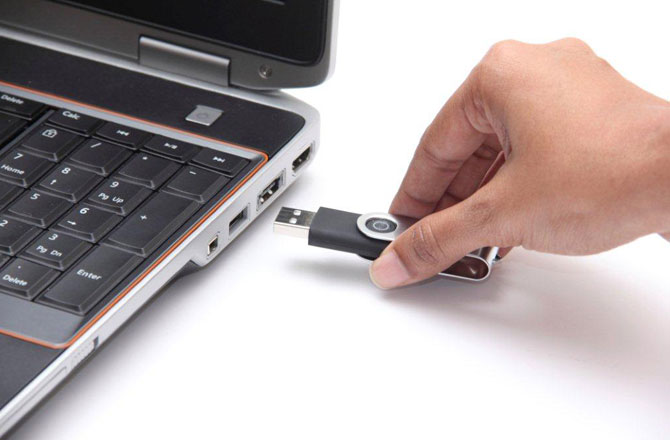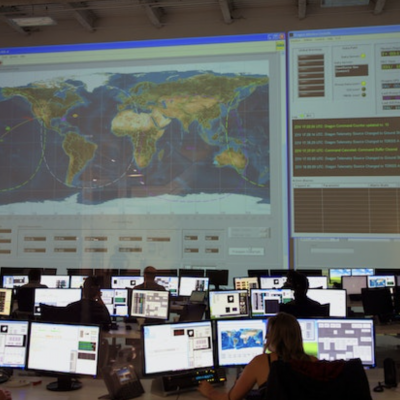Flash drives are a common place for easy file transfer, with drive sizes reaching over 100 GB and their transfer speeds getting faster every year.
They are used as an easy way to bring your movies, music, documents, bootable operating systems and programs, and any other portable files with you on the go.
We’ll cover all of the basics in using and re-using your USB drives, and what happens when you are trying to repurpose them for your next use.
How to Reformat Your Drive: Depending on whether you are using your drive on Mac or PC, it will change the steps for how to format your drive, so we will cover both methods.
Mac
- Plug your USB drive into the USB port
- Go into your Application Folder, select Utilities, and then Disk Utility
- Select the drive you want to format from the left hand side
- Select your settings, the format type, and name of the drive
- Click erase once your settings are correct
This will give you a completely fresh drive, including the full capacity of the USB flash drive. Note that depending on your format settings you may only be able to use it on Mac, as some formats are not compatible across both operating systems.
PC
- As with before, plug your USB flash drive into your laptop or tower
- Open Computer, or your File Manager window
- Select your drive you wish to format
- Right click on the drive, and select ‘Format’
- Just as with before, you will see all of the optional settings
- After choosing your settings, click ‘Start’
- You will get a warning window, proceed to press ‘OK’
After it is done formatting, you will have a fresh drive which can be used as a file transferring disk, or as a bootable drive.
Things to Remember: There are a couple things to remember when using a USB drive, ensuring all of your data is safe once it is stored on the disk:
Always Have a Backup: Having a backup of any vital data is always important. USB drives are small and compact, and while they tend to be extremely reliable, sometimes they can be damaged and left unusable.
Backing up for data to an online drive like Google Drive, or any other cloud service is one option for storage. You can also save it locally, on your computer’s hard disk.
Know What You are Formatting: One of the biggest mistakes while formatting is accidentally erasing important data. Always be sure to check all the data that is on your USB drive, making sure you know everything you are about to erase.
Once a drive is formatted, everything will be gone, and you will not be able to recover any data afterward.
So check every file, folder, and document, make sure that everything is either unneeded or already backed up somewhere else.




